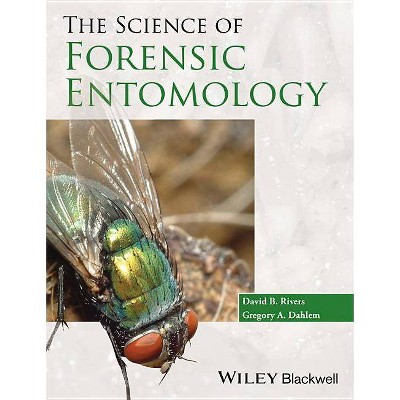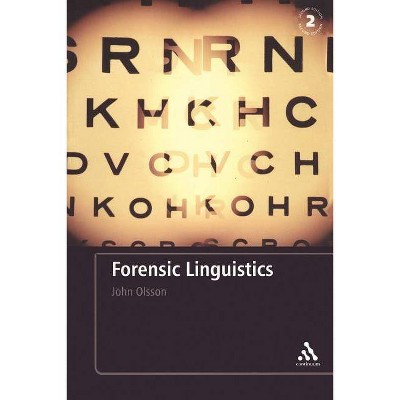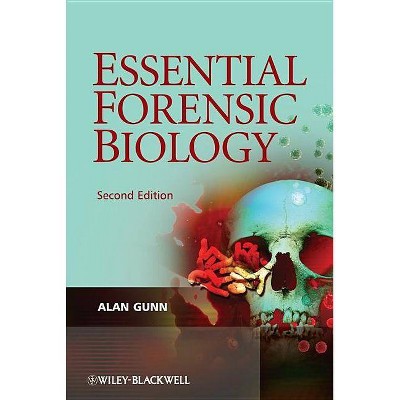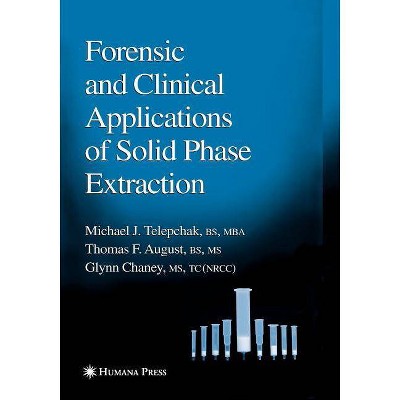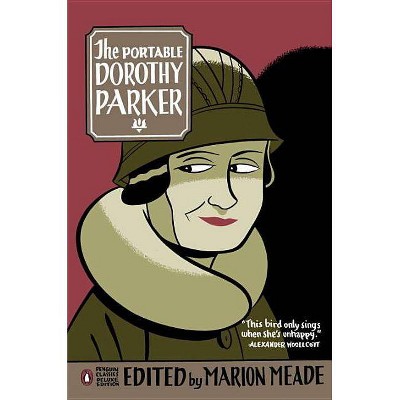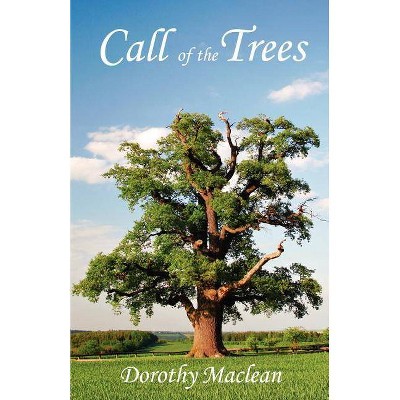Forensic Entomology - 2nd Edition by Dorothy Gennard (Paperback)
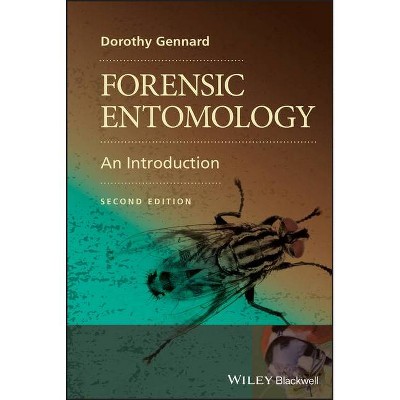
Similar Products
Products of same category from the store
AllProduct info
<p/><br></br><p><b> Book Synopsis </b></p></br></br><i>Forensic Entomology</i> provides undergraduates with a concise introduction to the subject. The book is written with the clarity necessary for students starting out in entomology yet authoritative enough to prove useful for more experienced researchers. <p>Worked examples of the necessary mathematics, including how to use excel to process data, coupled with lab protocols and self-assessment questions make the book an essential starting point in the subject.</p> <p>Assuming little prior knowledge of either biology or entomology the book provides information on identification, life cycles and ecology of insects presented in a forensic context. Information is conveyed in an accessible style with practical tasks and suggestions for further reading included in each chapter.</p> <ul> <li>Fully revised and updated to include new research in the field</li> <li>New chapter on aquatic forensic entomology</li> <li>New pictorial key to aid identification of species contributed by Dr. Krzysztof Szpila, Nicolaus Copernicus University, Poland</li> <li>Further coverage of civil applications of forensic entomology</li> <li>Practical tasks and further reading included to aid understanding</li> <li>Colour plate section and improved illustrations throughout to assist in the identification of insects associated with the corpse</li> <li>Approaches the topic from the dual perspectives of basic entomology and its forensic applications</li> <li>Covers the contributions to forensic investigations of both flies and beetles</li> <li>Provides information on culturing insects collected from crime scenes</li> <li>Guides students through the processes of writing entomological court reports and presenting in court alongside the scientific topics</li> <li>Extended coverage of PMI calculations, role of professional associations for forensic entomologists and sampling at the crime scene</li> <li>New sections to discuss the identification of traces of explosives found in larvae, puparia and pupae and DNA sampling from insects</li> </ul><p/><br></br><p><b> From the Back Cover </b></p></br></br><p><b>FORENSIC ENTOMOLOGY</b></br> An Introduction <p>SECOND EDITION <p>Dorothy Gennard</br> University of Lincoln, UK <p><i><b>Forensic Entomology</b></i> provides undergraduates with a concise introduction to the subject. The book is written with the clarity necessary for students starting out in entomology yet authoritative enough to prove useful for more experienced researchers. <p>Worked examples of the necessary mathematics, including how to use excel to process data, coupled with lab protocols and self-assessment questions make the book an essential starting point in the subject. <p>Assuming little prior knowledge of either biology or entomology the book provides information on identification, life cycles and ecology of insects presented in a forensic context. Information is conveyed in an accessible style with practical tasks and suggestions for further reading included in each chapter. <ul> <li>Fully revised and updated to include new research in the field</li> <li>New chapter on aquatic forensic entomology</li> <li>New pictorial key to aid identification of species contributed by Dr. Krzysztof Szpila, Nicolaus Copernicus University, Poland</li> <li>Further coverage of civil applications of forensic entomology</li> <li>Practical tasks and further reading included to aid understanding</li> <li>Colour plate section and improved illustrations throughout to assist in the identification of insects associated with the corpse</li> <li>Approaches the topic from the dual perspectives of basic entomology and its forensic applications</li> <li>Covers the contributions to forensic investigations of both flies and beetles</li> <li>Provides information on culturing insects collected from crime scenes</li> <li>Guides students through the processes of writing entomological court reports and presenting in court alongside the scientific topics</li> <li>Extended coverage of PMI calculations, role of professional associations for forensic entomologists and sampling at the crime scene</li> <li>New sections to discuss the identification of traces of explosives found in larvae, puparia and pupae and DNA sampling from insects</li> </ul><p/><br></br><p><b> Review Quotes </b></p></br></br><br><p>"The clarity and accessibility of the text is more than adequately geared for undergraduate students, who will appreciate the practical tasks and perhaps even the suggested reading. . . The illustrations will fill in gaps for readers who are more interested in other branches of forensic science than in entomology, making this book a good fit for general forensic science degrees." (African Entomology, 1 October 2013)</p> <p> </p><br><p/><br></br><p><b> About the Author </b></p></br></br><p><b>Dr Dorothy Gennard</b> is a principal lecturer in Forensic Science and co-ordinates the Forensic Entomology and Examination of Questioned Documents units. She is a member of the Royal Entomological Society and the World-Wide Dragonfly Association and a trustee of the British Dragonfly Society. Dr Gennard has close contact with the Lincolnshire Police Force and runs Forensic Entomology courses for the police and commercial forensic science companies.</p>
Price History
Price Archive shows prices from various stores, lets you see history and find the cheapest. There is no actual sale on the website. For all support, inquiry and suggestion messagescommunication@pricearchive.us
